In recent years, we have become more aware of the implications of mild and severe concussions in adults and youth.
Rehabilitation from a concussion can depend on the nature of the injury and how it has impacted your body. Vestibular problems are a common symptom that can cause dizziness and affect your balance. A vestibular physiotherapist can help patients suffering from a concussion with an exercise-based treatment program to improve gaze and postural stability, and also diminish dizziness. Here are a few examples of exercises to help reduce post-concussion symptoms, which a vestibular physiotherapist might recommend.
Clinical Test of Sensory Interactions on Balance - Modified Version (CTSIB-M)
This exercise focuses on postural stability by testing the proprioceptive, visual and vestibular systems. It can also be used as a retraining exercise to improve balance.
First, stand with your feet close together with your eyes open.
Second, stand with your feet close together with your eyes closed.
Third, stand with one foot in front of the other (tandem stance) with eyes open.
Finally, stand with one foot in front of the other (tandem stance) with eyes closed.
Vestibulo-Ocular Reflex (VOR) Exercise
Vestibulo-Ocular Reflex (VOR) is a gaze stabilizing reflex. This exercise trains the eye to re-stabilize vision.
While sitting in front of a target positioned about a metre away, move your head in ‘no’ motion from side to side as your keep your eyes on the target. The no motion works on the horizontal reflex. Next move your head up and down in a ‘yes’ motion to exercise the vertical reflex.
Your head should move at about 120 beats per minute (Hz) or as fast as you can safely tolerate.
Convergence Insufficiency Exercise
Another side effect of a concussion can be Convergence Insufficiency, which impacts your eyes ability to work together when looking at nearby objects.
Here is an example of an exercise that a vestibular physical therapist will use to treat Convergence Insufficiency.
Thread 5-6 beads on a string that is attached to a door handle. While holding the end of the string in your hand in front of your eyes, follow the beads closest to farthest and then back in. As your gaze moves down the string of beads, they should cross in your vision. This exercises is training your eyes to work together.
To book an appointment with Vika Gorodetsky at our COAST Kitsilano clinic, call 604-423-3160 or book online.









